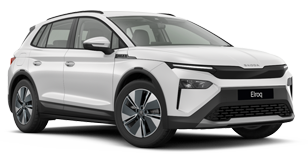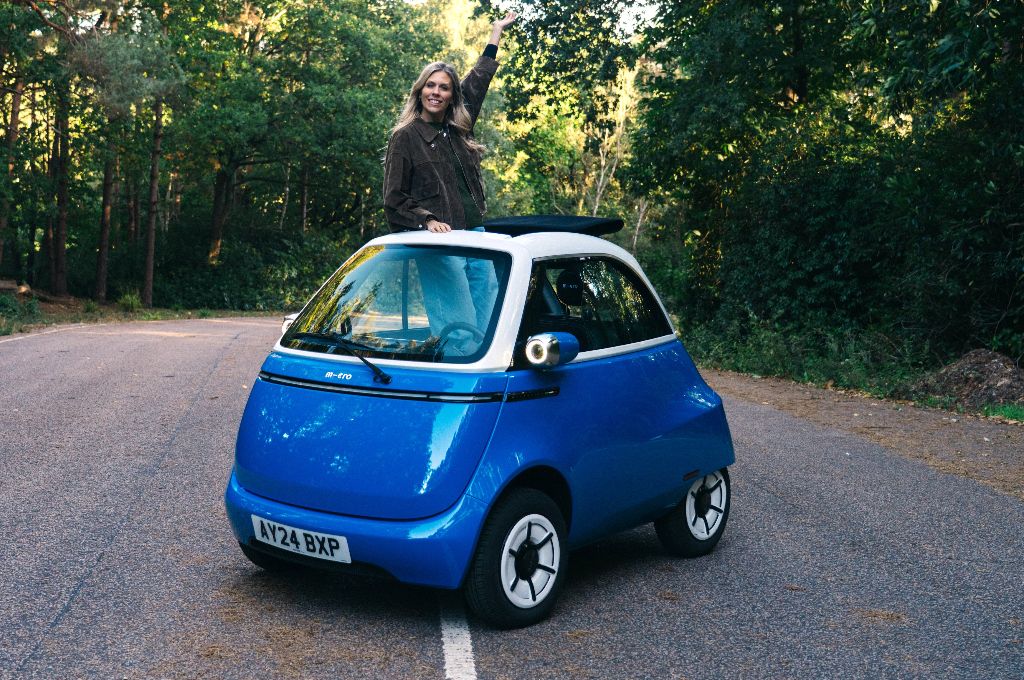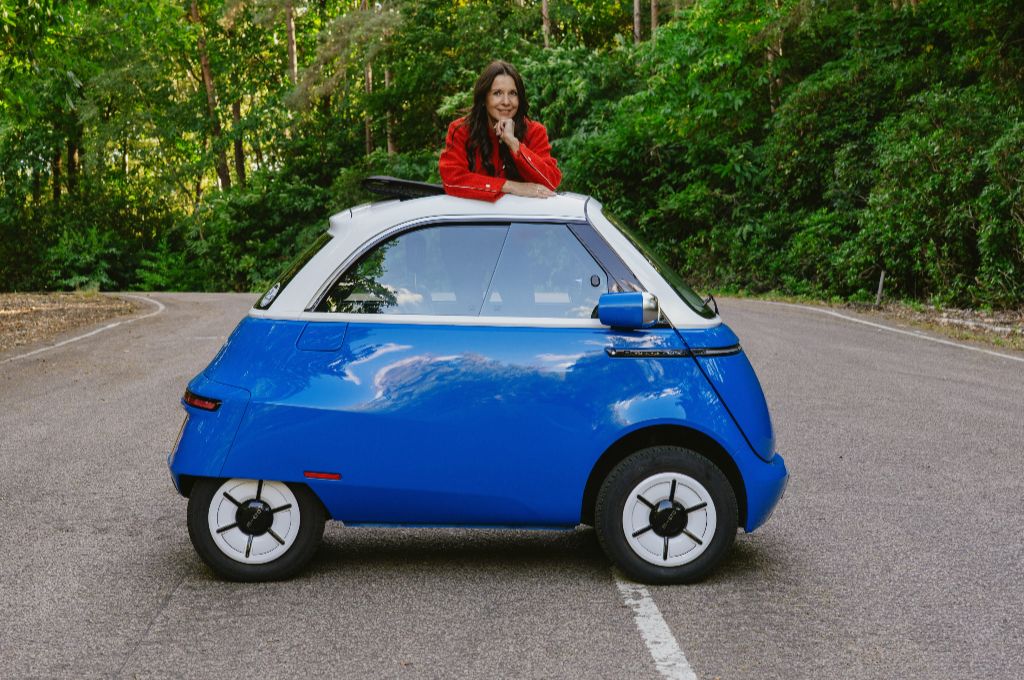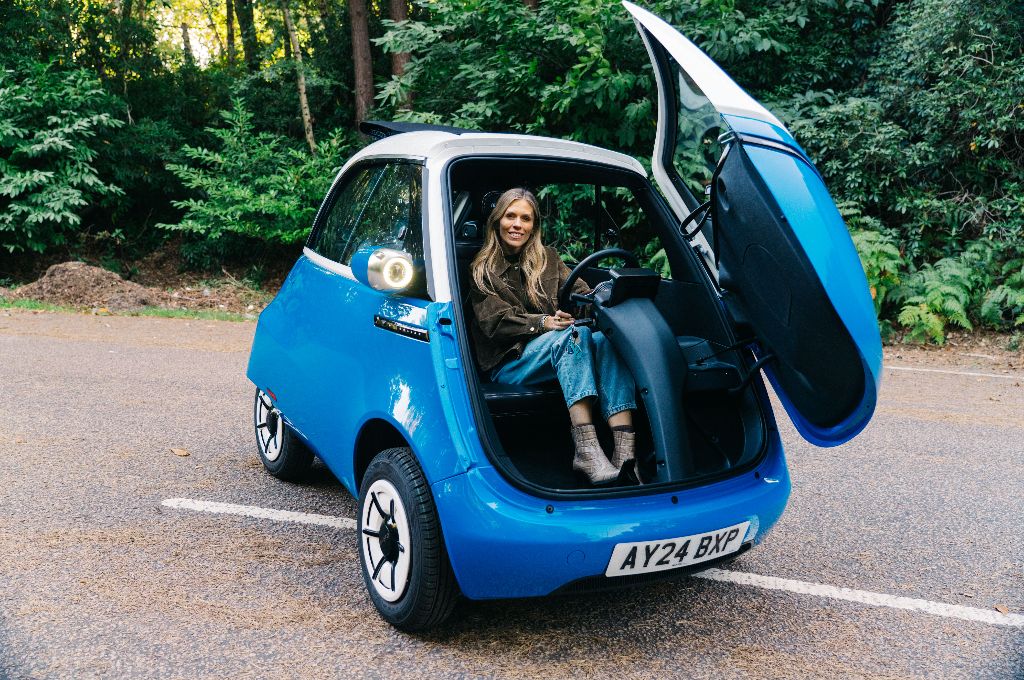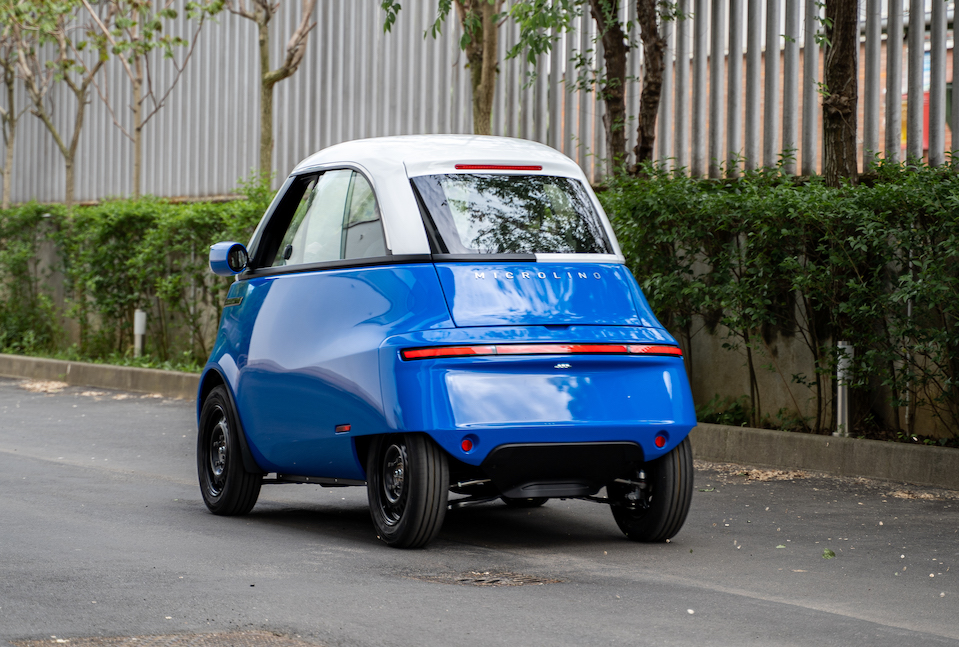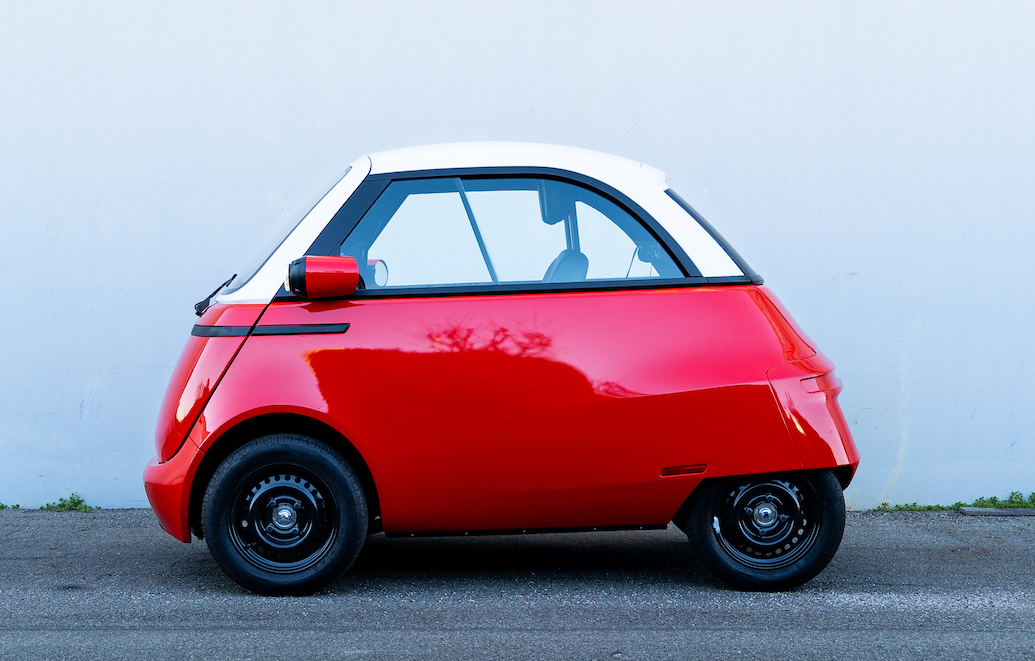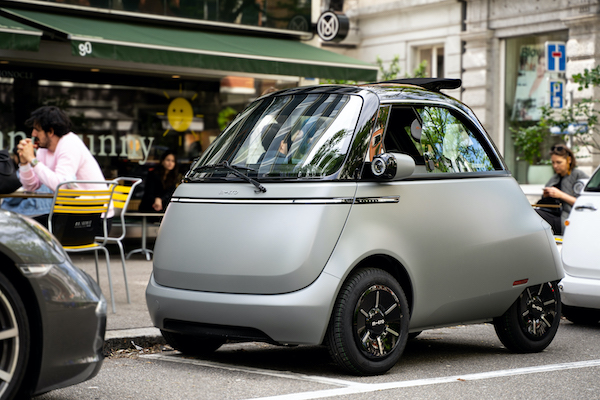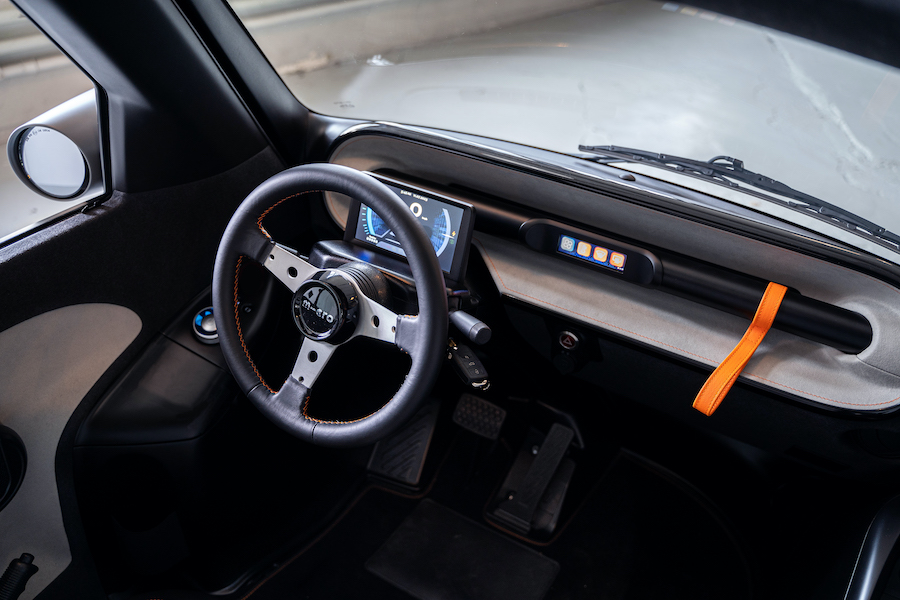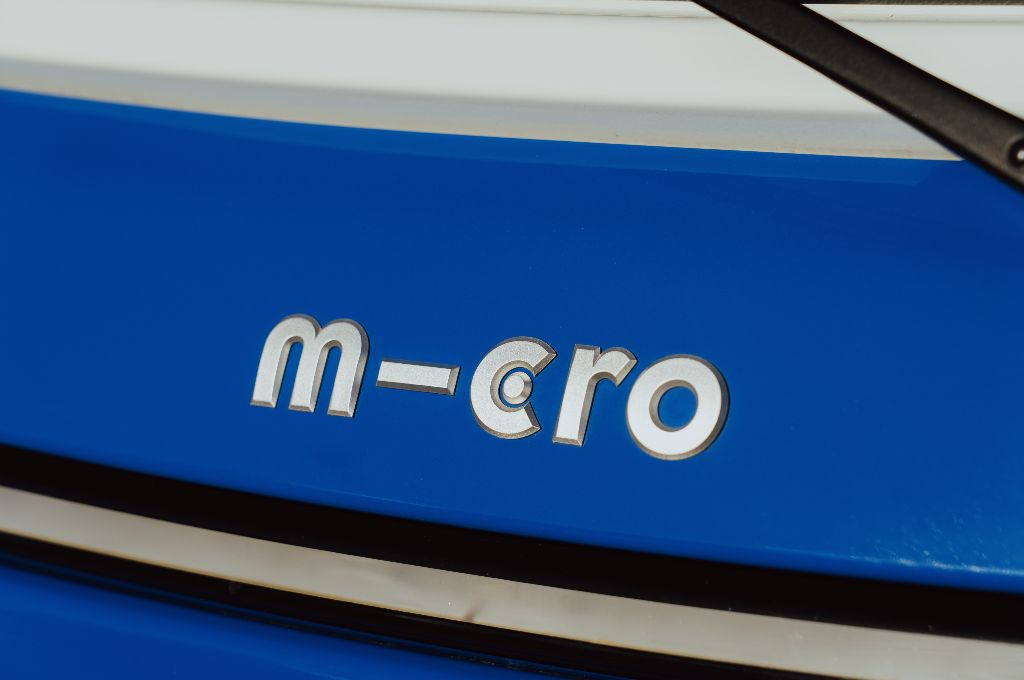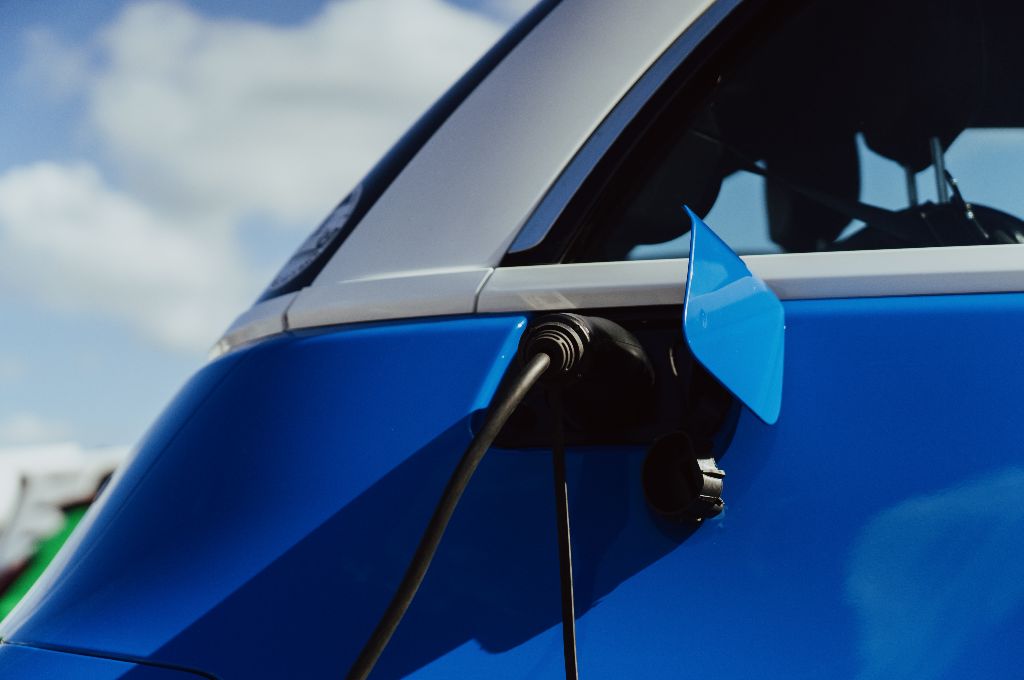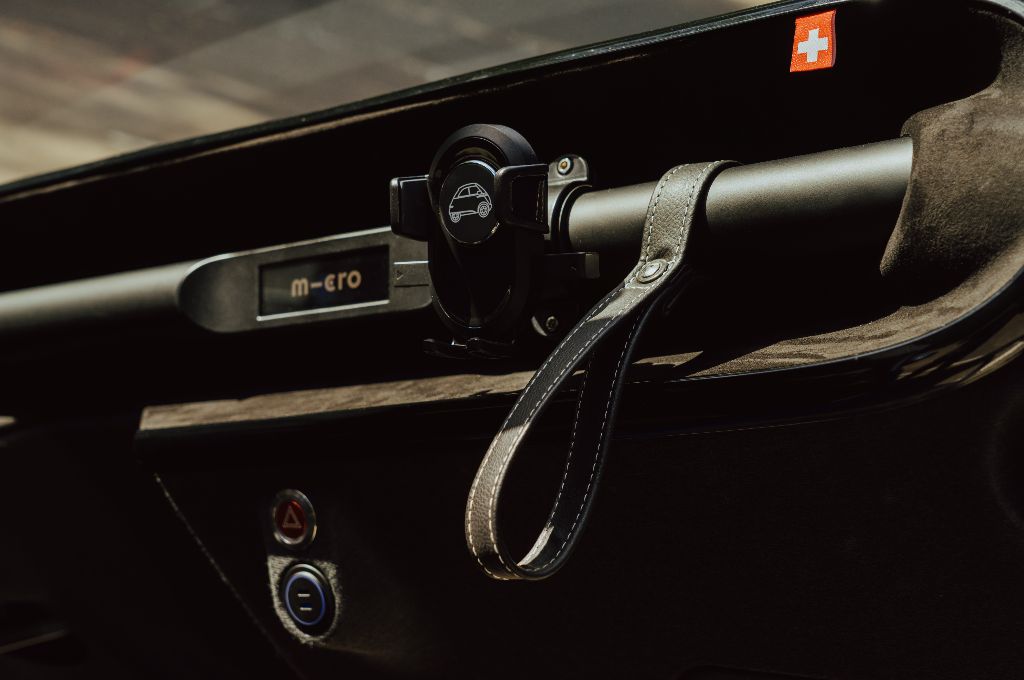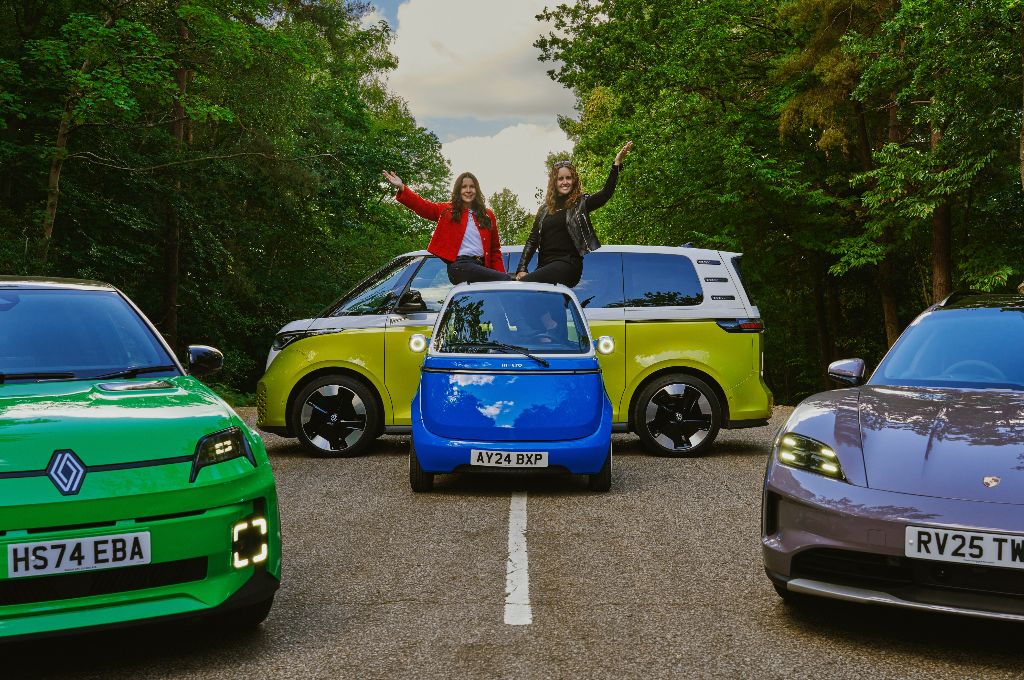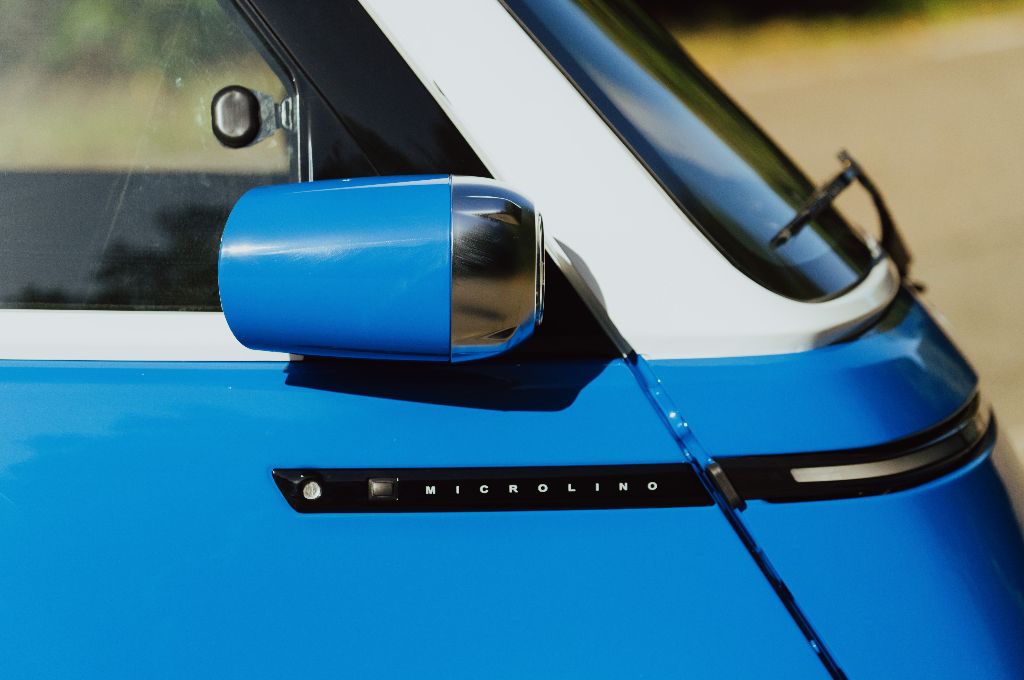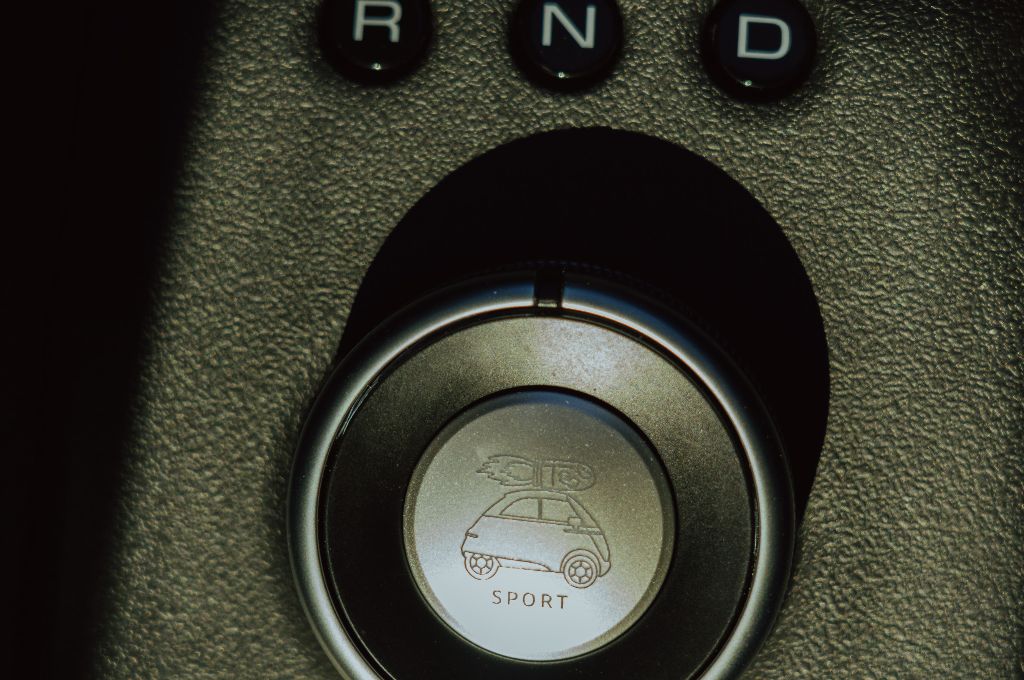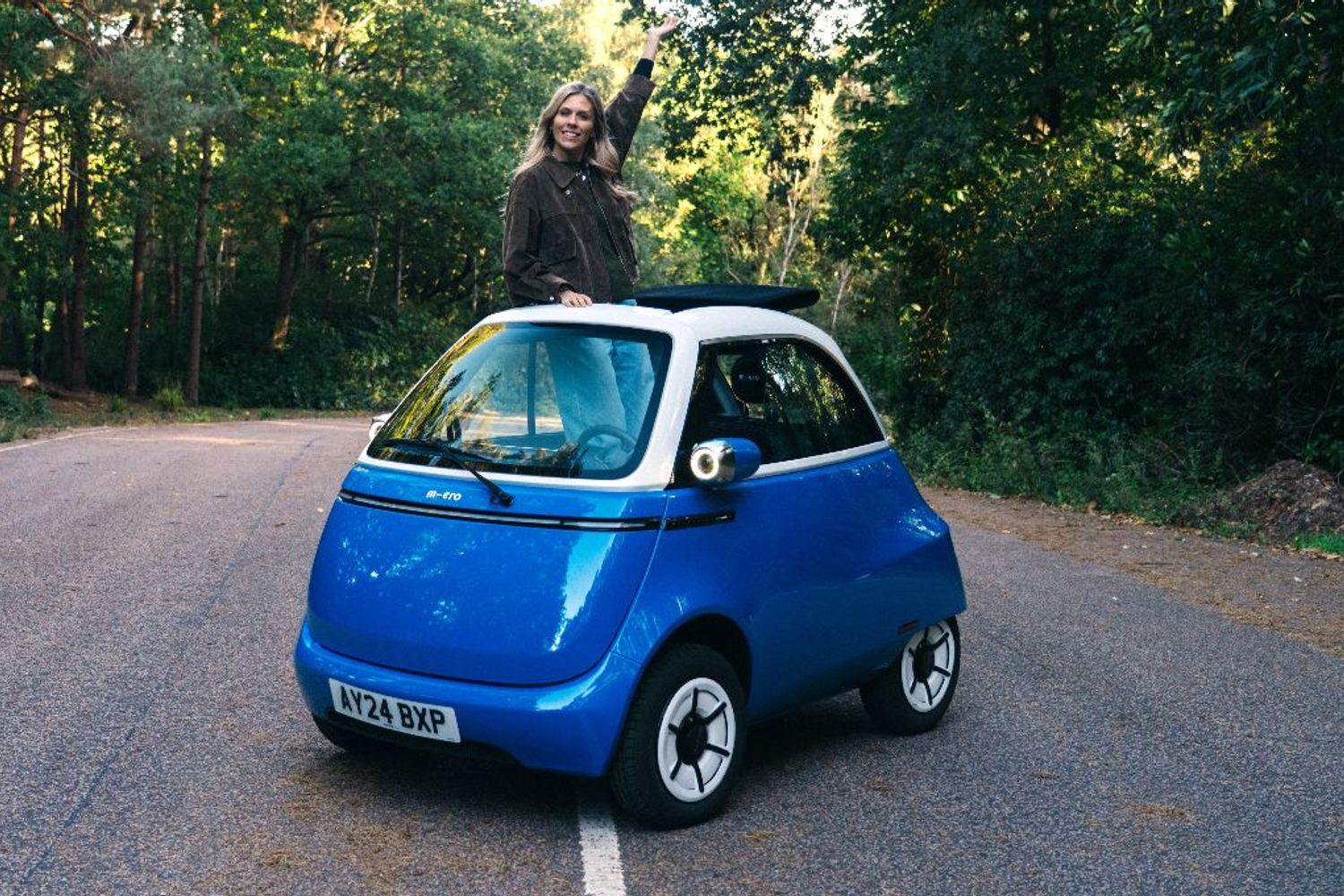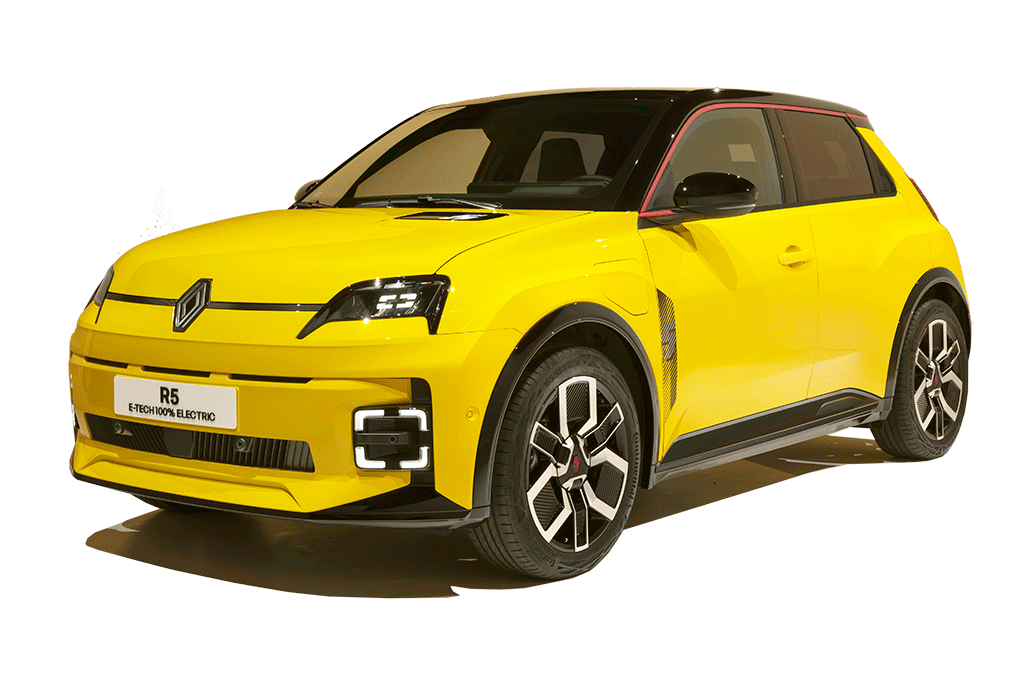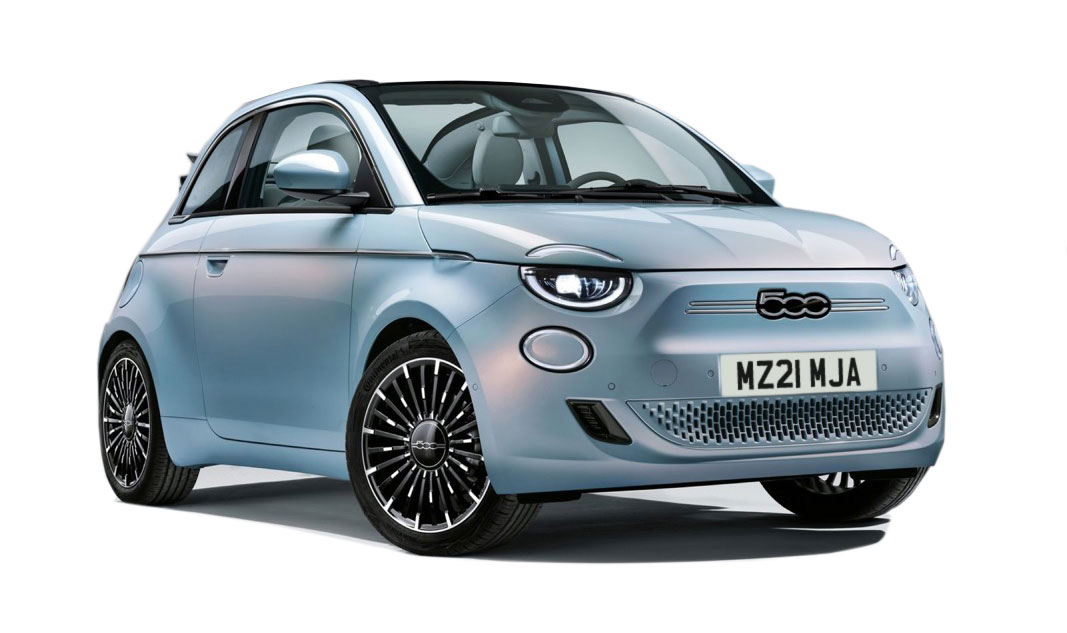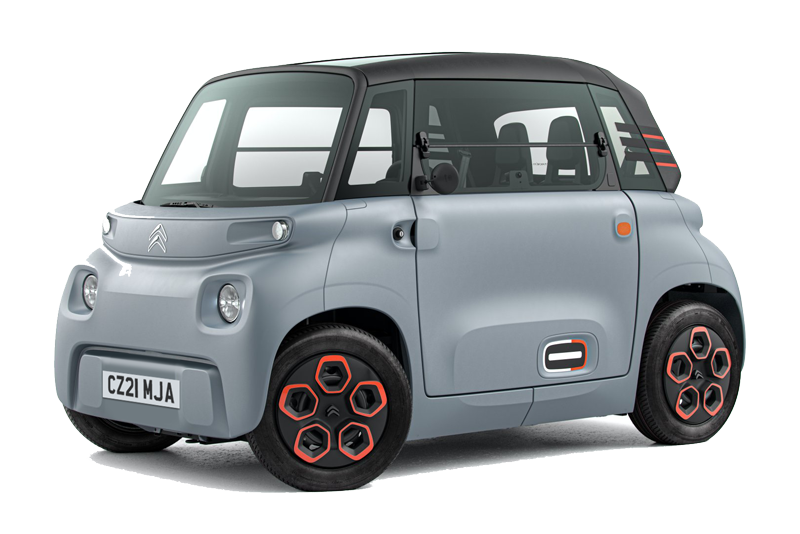Introduction and model history
The Microlino is a lovely, lovely thing to look at. Even the restrained matt paint of the prototype can’t hide the graceful lines and neat detailing that have clearly been a labour of love for the design and engineering teams.
The tiny headlights are attached to the wings like feelers and shine with LED technology - giving the Microlino a unique light signature at night.
Underneath the retro body – which is inspired by the original Isetta, of course - is a thoroughly modern set of underpinnings. The Microlino uses a pressed steel platform that looks uncannily similar to that of the Tridion cell used by the old Smart ForTwo, which gives the Microlino a far stronger construction than any other Quadricyle.
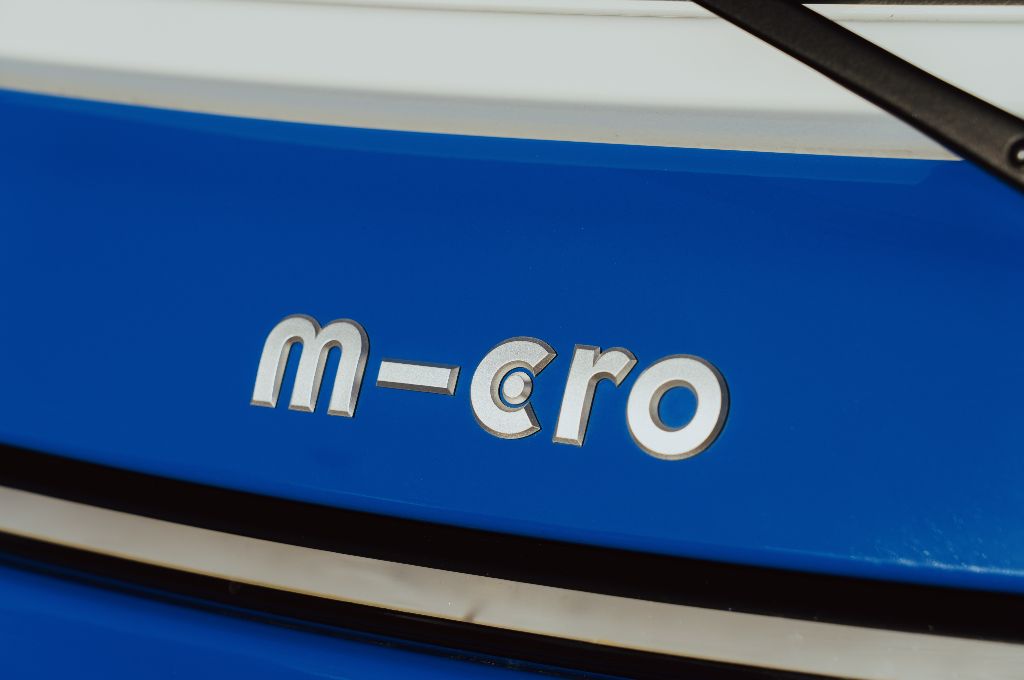
In terms of dimensions, the Microlino is small. Very small. It is intended to be a city car, after all! It’s just 2.5 metres long and 1.5 metres wide, which is almost exactly the same as the first-generation Smart ForTwo. It sits on 13-inch wheels and, like the original Isetta, is considerably wider at the front than it is at the back. Crucially, however, the Microlino has two wheels at the rear rather than the Isetta’s single rim. And, just like in the 1950s, the door is hinged at the front.
Range, battery and charging
The Microlino comes with three battery options; 6-, 10.5- or 14kWh for a claimed range of up to 56-, 110- or 143-miles, respectively. The battery you choose can also drastically affect how quick the Microlino is, so scroll down a bit to read about what this tiny electric city car is like to drive, to find out more about that.
The Microlino doesn’t come with any provision for rapid charging - which makes sense given the tiny battery. Instead, it can charge from empty to full on a three-pin plug in four hours. The maximum charge speed is a modest 2.5kW, so most owners won’t require higher powered wallbox to be installed; as long as you’re using a propery installed, outdoor domestic socket you should be fine to keep the Microlino topped up.
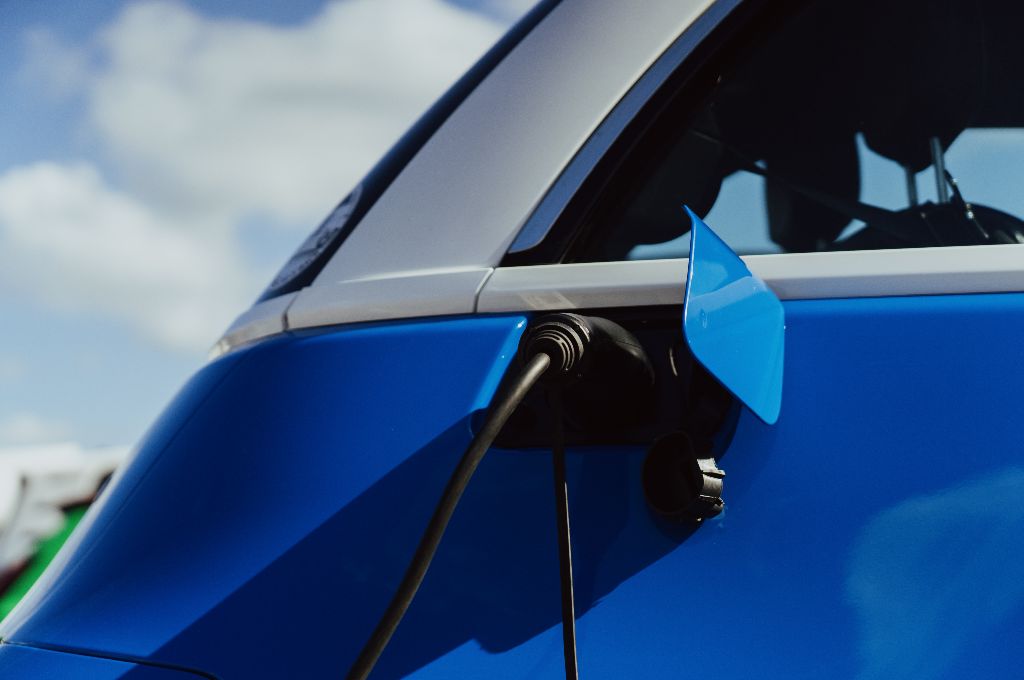
Practicality and boot space
You’d be amazed at how spacious the Microlino feels, in the context of a very small car. I know I was! Even our ever-reliable video ninja, Manos, was comfortable driving it around – and he’s 6ft 2in. The single-piece bench slides forwards and backwards to give more legroom if you need it, but you can’t recline the seat back – it’s fixed in place. I found the seat a bit firm, but actually it’s okay even for an hour or two. After that, I suspect I’d get annoyed and a bit uncomfortable, but ultimately this is a car that you’re not likely to spend hours in, and it’s great for short hops around town.
The boot space in the Microlino is surprisingly huge. At 230-litres, it’s actually bigger than the convertible Fiat 500e! The narrow hatchback boot lifts up to reveal a remarkably big luggage space. You could get your folding bike in there, no problem, and still have room for your gym kit and a change of clothes, so that you’re truly ready for any inner-city commuting needs.
Interior, design/styling and technology
Climb through the door and around the fixed steering wheel column and it’s like stepping back in time. The full width bench slides backwards for more space, if you’ve got long legs – and, after a lifetime of conventional car seats, getting into the Microlino feels as though you’re about to go on a theme park ride.
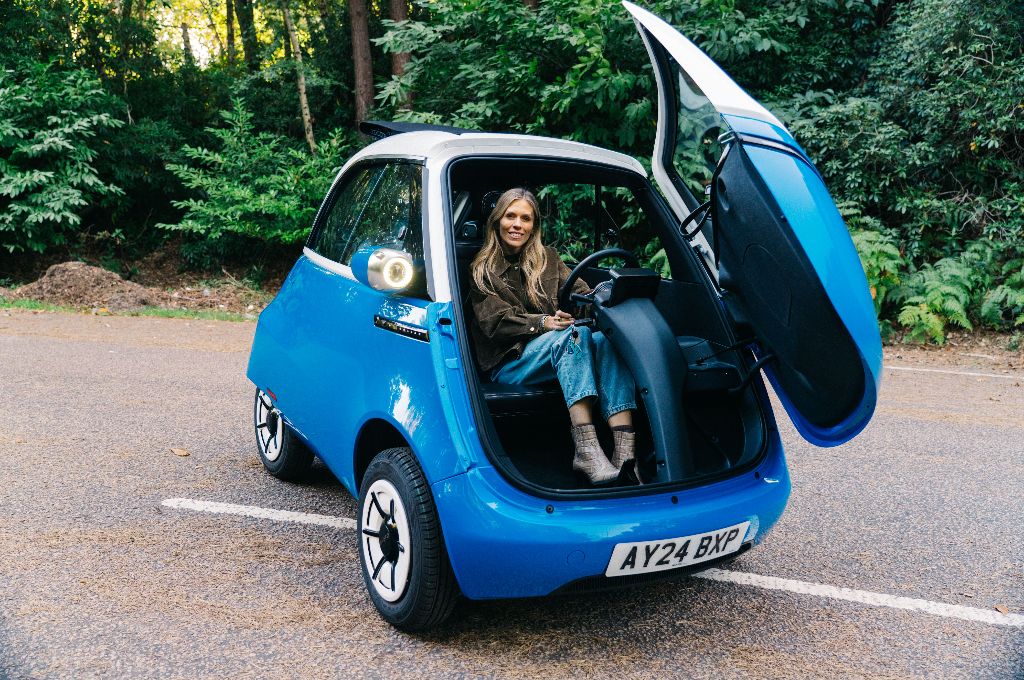
Thankfully, the retro approach doesn’t extend to every element of the Microlino interior. There’s a small display screen positioned above the steering wheel along with basic switchgear on the dash panel and to the left of the steering wheel.
A small, touch-sensitive screen control the heater (air-con is an option), but infotainment is provided by a smartphone mount, and you can have a portable Bluetooth speaker slotted into a dedicated cubbyhole for your audio. Do you know what? I don’t mind that! In a car like this, I’d rather have a decent phone mount than a touchscreen that would potentially make it even more expensive; I suspect most Microlino owners will be very happy to rely on their phone. There are four USB-C ports to keep your phone charged, too, and I reckon that’s really all that this car needs.
Because this is a quadricycle, the Microlino doesn’t need to have air bags, or even ABS anti-lock brakes, never mind lane-keep assist or autonomous features. It’s steel and aluminium unibody makes it far safer in a crash than a Renault Twizy or Citroen AMI, but there’s no doubt that a used Fiat 500e, Renault Zoe – or even a Dacia Spring (despite its safety standards being quite poor by the standards of other modern EVs) – offer better safety equipment. Or how about a used Renault 5 or Citroen e-C3?! Hmm...
Motors, performance and handling
Provided you opt for the stanard Microlino, you get a 17hp electric motor and can manage a top speed of 56mph or 0-31mph in around 5.0 seconds, which actually feels peppy enough around town. In fact, I’d go so far as to say that it’s quite fun – and it’s so much more responsive than the Citroen AMI, which can feel scarily slow even in town. I would like a bit more brake pedal feel in the Microlino, as it’s quite a firm brake feel, but it does stop well enough.
There’s also the Microlino Lite model, which is also available in the UK and has a limited top speed of 28mph, meaning that it’s compatible with ‘L6e’ regulations – allowing a 16 year old to drive it in the UK on a CBT licence (the basic motorbike licence).
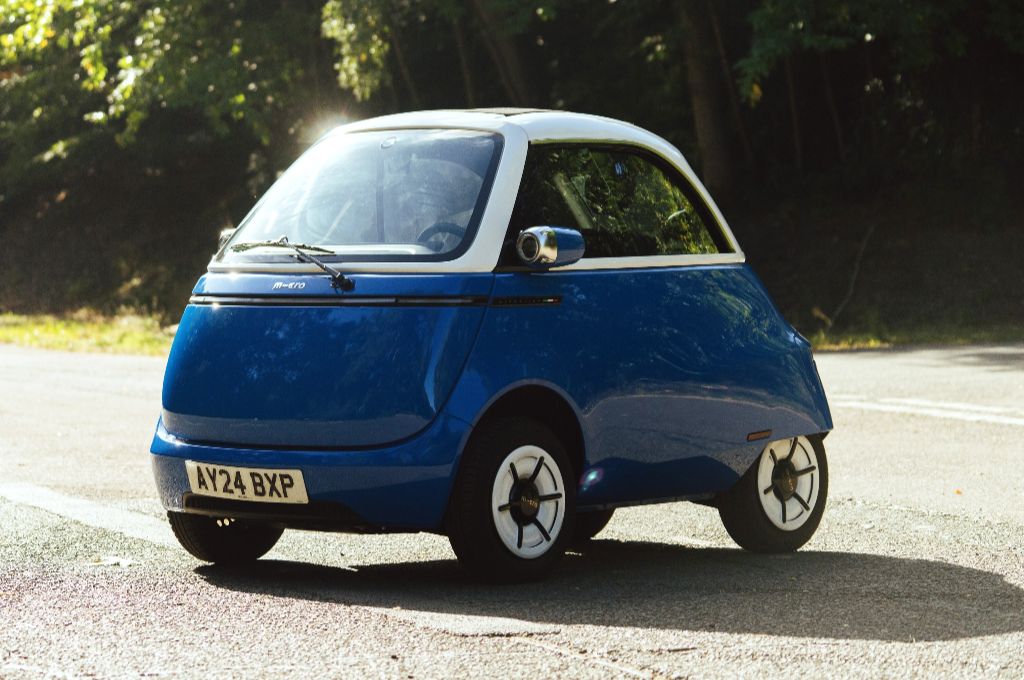
Our experience of the bigger battery Microlino shows that it’s also surprisingly comfortable. On those diddy wheels, most bumps are soaked up well – it’s the sense of sitting quite high in a narrow car that makes it feel a little bit odd. At times I had to remind myself that it wasn’t going to topple over through a corner, but it actually has plenty of grip and generally feels nice and confident even on faster town roads.
The steering on the Microlino is unassisted, and a joy to use. Yes, you have to put a bit of muscle into it at low speeds, but it’s not too bad – and when you’re on the move it feels really accurate and lovely. It all helps this to feel like a proper tiny car, rather than a quadricycle – even if it is, by any official or engineering measure – the latter!
Running costs and pricing
The Microlino isn’t cheap for an EV with a very specific use, with prices starting from around £17,000 for the Microlino Lite, and £18,000 for the Microlino Edition. By the time you’ve added one of the bigger batteries and a few options, you’re likely to be spending over £20,000. But there are decent monthly PCP finance deals available through Microlino’s official UK retailer, which is a bike specialist called Krazy Horse. These guys can help you into a Microlino for under £200 per month with a reasonable deposit, or – let’s face it – a lot of Microlino buyers will be business users who want to run the car for their short journeys and as advertising. After all, I can’t think of another car that gets more attention than a Microlino, so it’s perfect for that.
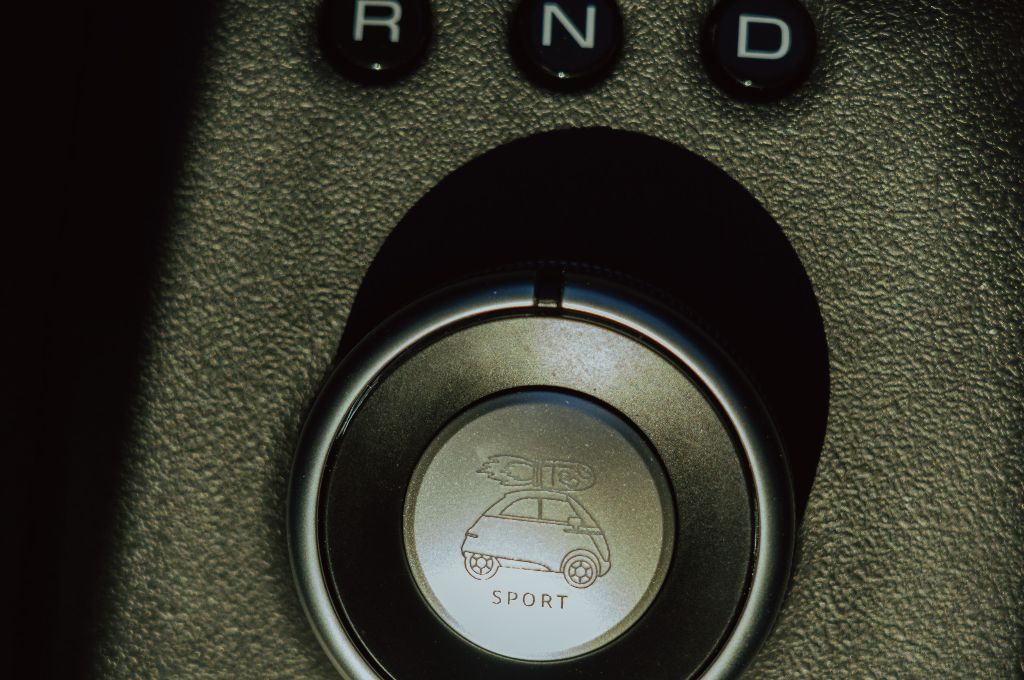
Verdict
The Microlino is an absolute joy to spend time with. It’s a very limited machine in some ways, but then if you consider it as a high class city specialist, it can make sense. It’s just so much fun, and it feels surprisingly nice inside, and it’s a real memory maker. Hard to justify? Sure. Am I glad that it’s out there? Absolutely. Do I want to take one home and keep it as a pet? You bet.





